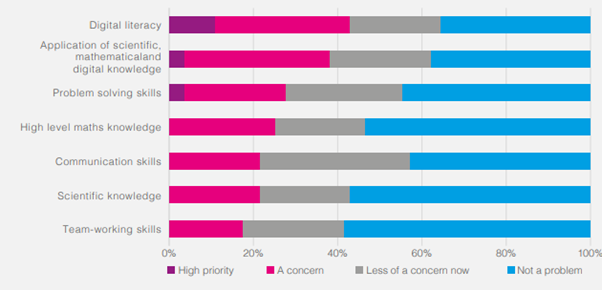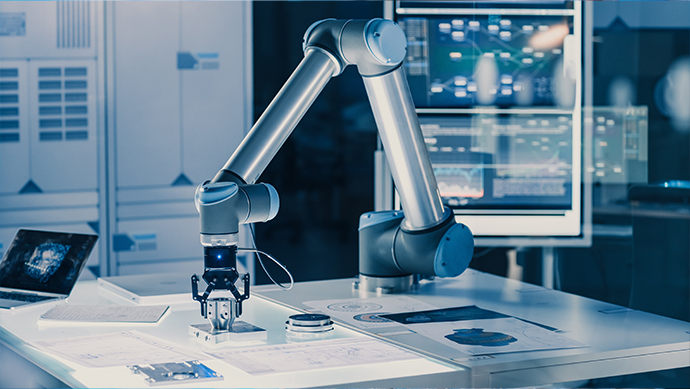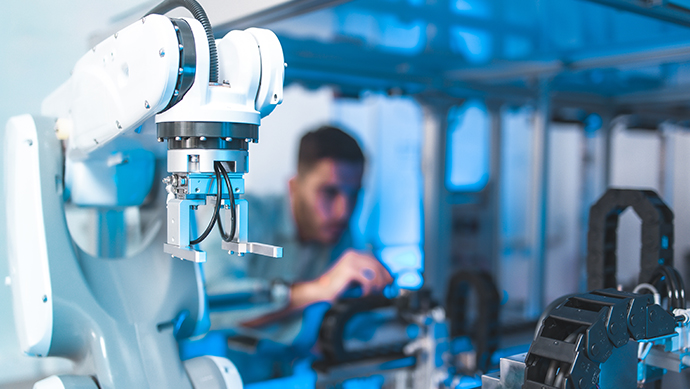Smart Labs & Automation: Digital Literacy User Friendliness

Automatisation and digitalisation of pharmaceutical labs have increased significantly in recent years. Despite this, there remains a level of resistance from many researchers and scientists. One of the more considerable hurdles is ensuring that each new system introduced is easy to use and comprehensible for lab workers.
Automation: User Friendliness and Talent Recruitment
A great deal of work has been put into improving the usability of automation platforms. Evidence has shown that some of the more advanced multi-rate monitoring technologies and real-time monitoring technologies developed over the last decade no longer require specialised knowledge to use. Once you package these technologies, provide proper training, and make them available in the cGMP environment, they are easy to use. The skillset required is quite low, similar to a smartphone. At the same time, it is still critical to have staff or onboard experts for troubleshooting. If anything goes wrong, you need to be able to address it quickly.
Despite the progress made, many pharmaceutical companies struggle to find people with the right skills within the current workforce. In addition, recruiting talent is also problematic as pharmaceutical companies must compete with every other industry sector for high demand experts.
The Coalition of State Bioscience Institutes (CSBI) report found that competition for STEM talent, particularly “secondary” industry talent (for example, in engineering, IT, or data sciences), was fierce. Additionally, the life science industry requires a higher percentage of highly skilled staff than any other sector.

Digital Literacy & Change Management
Digital literacy is the capability to use digital platforms and understand, assess, and communicate through them. In the UK, the Association of the British Pharmaceutical Industry surveyed people working in the pharma industry as part of their report on skill gaps in the biopharmaceutical sector. They found that responders rated digital literacy as the highest priority problem to be addressed.

There are two main ways of tackling this issue: decreasing the complexity of equipment and increasing the digital literacy of staff. These approaches can also help pharmaceutical companies reduce their need to compete with other industries for skilled workers.
Improving the digital literacy of managers is one top-down method aimed at increasing digital literacy. One industry insider explains that “for managers, the ideal case is that they are digitally literate enough to ask the right questions. And the second part of that is change management adoption. A lot of people are used to operating through conventional means, but now we are talking about changing that with a digital workflow. So that requires a bottom-up, top-down alignment to encourage change. IT solutions should be enabling and simple. User interfaces and training are important, but adoption challenges should not be underestimated. It is not just a technology problem; it is also a human resource and skillset challenge.”
Augmented Reality
Many industries have also begun to use Augmented Reality (AR) to boost productivity and simplify complex tasks. Augmented reality differs from virtual reality; instead of an entirely virtual display, the real-life environment is mixed with computer-generated elements. As a result, it can be used to guide scientists through new procedures and equipment operations, reducing the likelihood of human error.
Some argue that AR can be used to change opinions on technology and make training more straightforward for scientists. One of the simpler ways to convince people about the advantage of technology is to use it for training. Augmented reality enables users to look at something and to understand it visually, which to many would be preferable than having to read lengthy SOPs (standard operating procedures).
Andrew Garrood, Global Service Delivery Manager at Novartis, thinks that AR will become “one of the ways we interact with technology and data, just as the keyboard, mouse and touch screen did. I think we`re going to see a surge in interest in the ability to interface with technology without physical contact. So, whilst now it seems cool, exciting, and futuristic, it won`t be long before we just expect it as part of our devices we work with.”
While AR has the potential to transform the lab, it is not yet widely used in the industry. Andrew believes that this will change and argues that “nobody thinks twice about having a mouse or using a touch interface on their smartphone. Just like both of these inventions, it will revolutionise how we work, and we`ll wonder how we ever lived without them. I think AR will be the technology that really has the most impact as it will integrate into our physical and virtual worlds.”
Final Thoughts:
As the industry moves towards smart labs and automation, addressing existing skill gaps and ensuring equipment is easier to use and maintain becomes ever more crucial. If you are interested in Smart Labs and automation, join us later this year for our Smart Labs UK: In-Person and Pharma Manufacturing & Automation: Online events.




.png)

